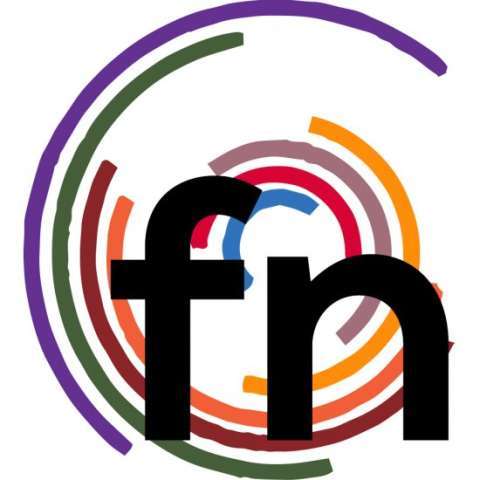How to NOT get Screwed while Working as a Freelance Artist
Alex Soare for emptyeasel.com
I've been drawing from the time I was old enough to clutch a crayon in a pudgy hand. There was never a doubt about what I'd be when I grew up; my dreams were clear and well-defined. It's every freelancer's worst nightmare-you've done all the work for a big project, but instead of paying you, your client disappears into the night as soon as you hand it in.

Non-freelancers don't have to worry about that. Every 2 weeks your company gives you your well-earned paycheck (whether a client backs out at the last minute or not) and that's that.
But working for yourself is a bit different-in a perfect world, you could always depend on someone's word and wouldn't have to deal with pesky contracts. But given the reality of the world, it's up to you to ensure that you're rewarded for your hard work.
Here are 5 ways to protect yourself from those horrible (yet common) situations:
1. Have more than a single conversation
Before taking on a new client, feel them out. Do they sound committed? Are they organized? Do they have a good demeanor?
If possible, try to meet with them in person. While this won't completely guarantee they're good clients to work for, you can pay attention to body language and the way they carry themselves. Find a public place to introduce yourselves, like a coffee shop or restaurant.
However you decide to interact with this person, listen to your instincts. If you're getting a bad vibe, don't work with them, even if they pay well. The beauty of freelancing is choosing your customers. You're not obligated to do business with anybody you don't want to.
2. Write a contract (and get it signed)
Never, EVER do a single minute of work without a contract. Put the pencil down, your keyboard away, all your equipment aside until you get a piece of printed paper in your hands that outlines exactly what you'll be doing and for how much.
At minimum, your contract should state what services will be performed, for how much, and when the payments will be due. You can also add clauses that talk about late fees, client confidentiality, and competing among other clients.
If you're the one drafting the contract, take a look at several sample contracts (there are thousands free online) and then just pick and choose the sections you want to include in your own contract.
3. Ask for a deposit
A lot of people are afraid that asking clients to pay upfront will scare them away. But the truth is, it's actually quite common to ask for 50% of your fee up-front, especially if the project is one that's specifically commissioned for an individual.
Any percentage works, if 50% sounds too steep, but I wouldn't recommend going lower than 25%. You want enough money in your hand so that if your client disappears with your project, it hasn't been a total loss.
4. Invoice as soon as possible
The more time you leave between asking for final payment from your client and actually getting paid, the higher your risk of never getting paid. All too often, a client will forget that payment ever needed to be made. . . even if you've only delayed by 2 or 3 weeks.
In a perfect world? Send that invoice immediately after every project.
Read more!


